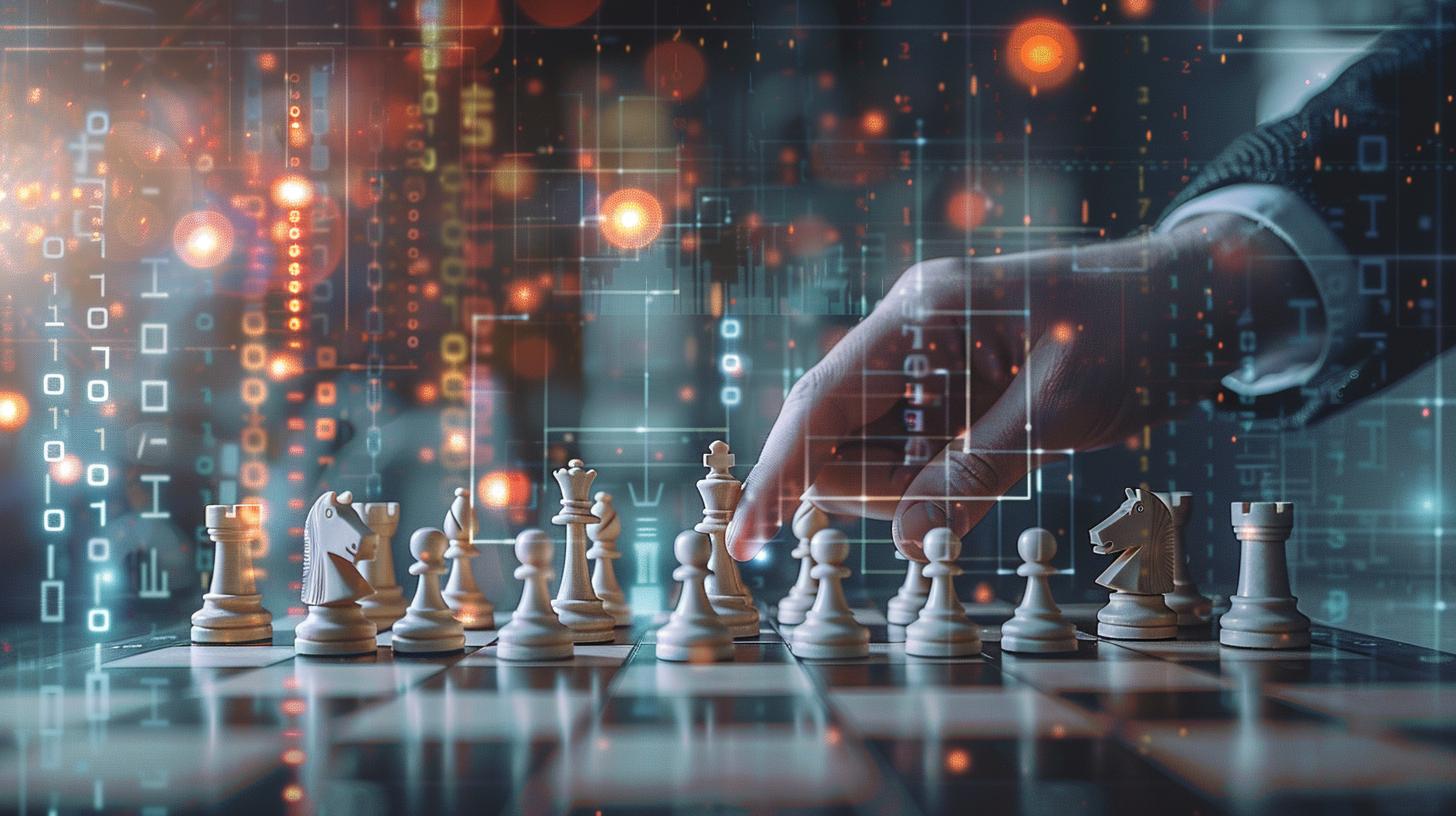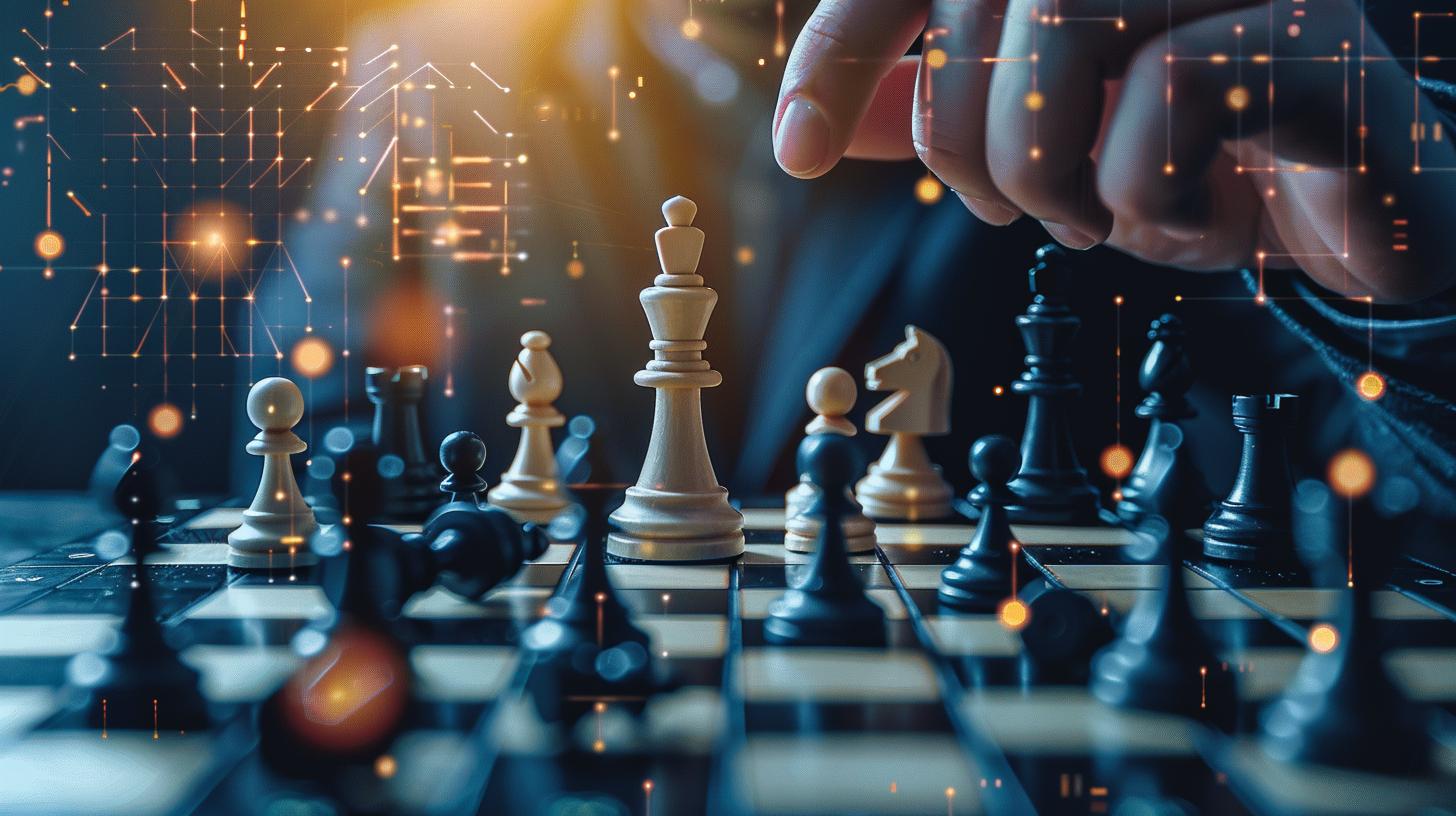The discretionary approach involves making investment decisions based on personal judgment. This can be influenced by a friend's advice or a gut feeling. Sometimes, it’s due to a quick analysis of charts using technical tools. This method relies heavily on human intuition and rapid assessments.
On the other hand, a systematic approach is automated. The computer provides the needed information. This does not mean the computer is smarter. It simply processes the data entered by the trader. This data helps compare past events with the current situation, making it easier to decide your next move.

One common myth is that algorithms are miracle workers. They can’t predict the future perfectly. They don’t analyze tons of data and then know exactly what will happen. Instead, they use the data to help traders see patterns and trends.
When traders create algorithms, they input historical data and rules. These rules guide the computer on what to look for. The machine then compares past events with the present. This comparison helps make decisions more consistent and less emotional.
A systematic approach can process large amounts of data quickly. Humans might miss small details, but computers don’t. This makes systematic trading more reliable in many cases. However, the quality of the output depends on the quality of the input data and rules.
The main advantage of a systematic approach is its consistency. It removes human emotion from the equation. Traders can set rules and trust the computer to follow them exactly. This helps avoid impulsive decisions that can lead to losses.
In contrast, the discretionary approach allows for flexibility. Traders can adapt to new information quickly. But, it also means decisions can be swayed by emotions or incomplete data. While both methods have pros and cons, combining them can be powerful. Traders can use algorithms to handle repetitive tasks. At the same time, they can use their judgment for complex decisions that need a human touch.
Understanding these two approaches can help traders choose the best method for their needs. They can decide when to rely on automated systems or when to trust their instincts. This balance can lead to better investment strategies and outcomes.
